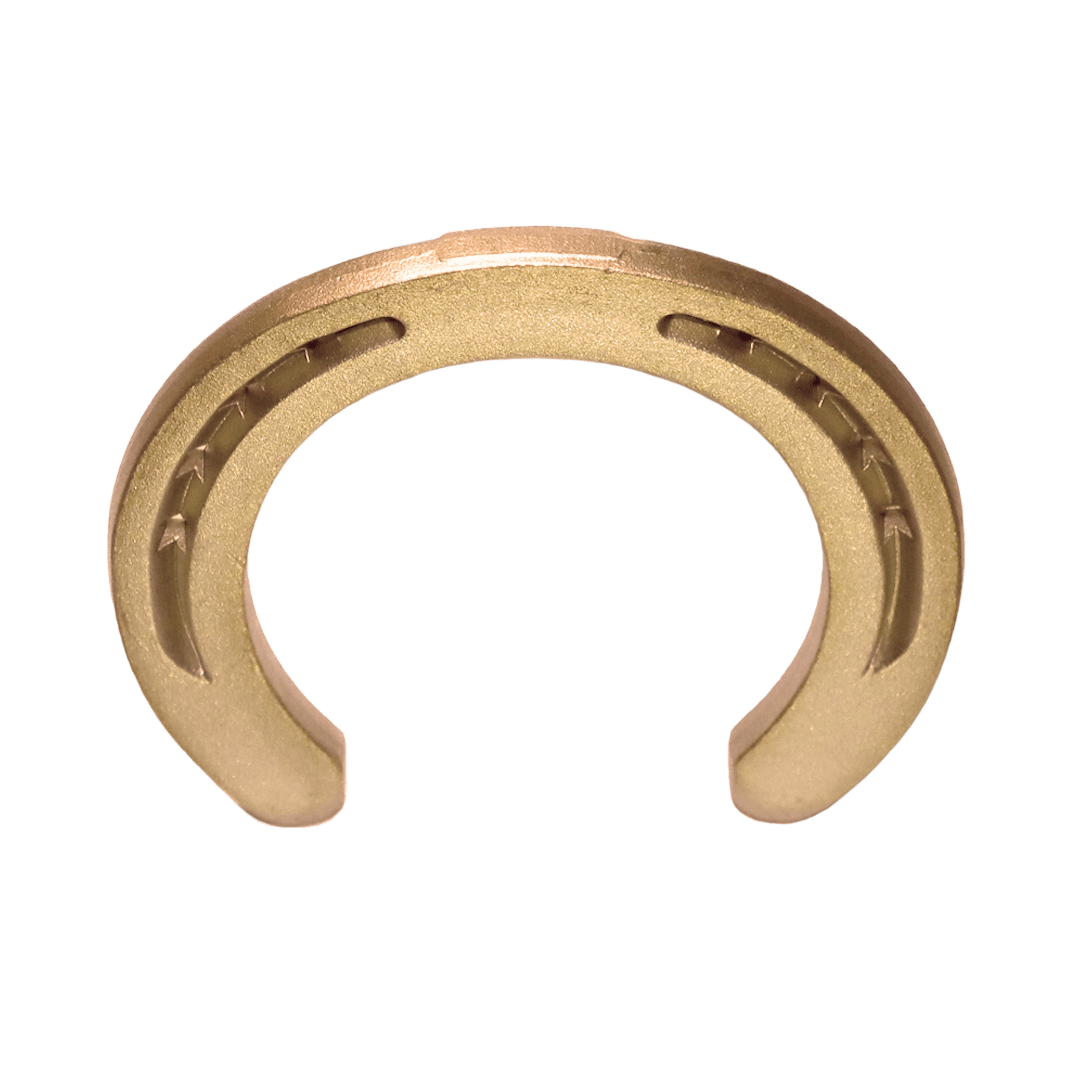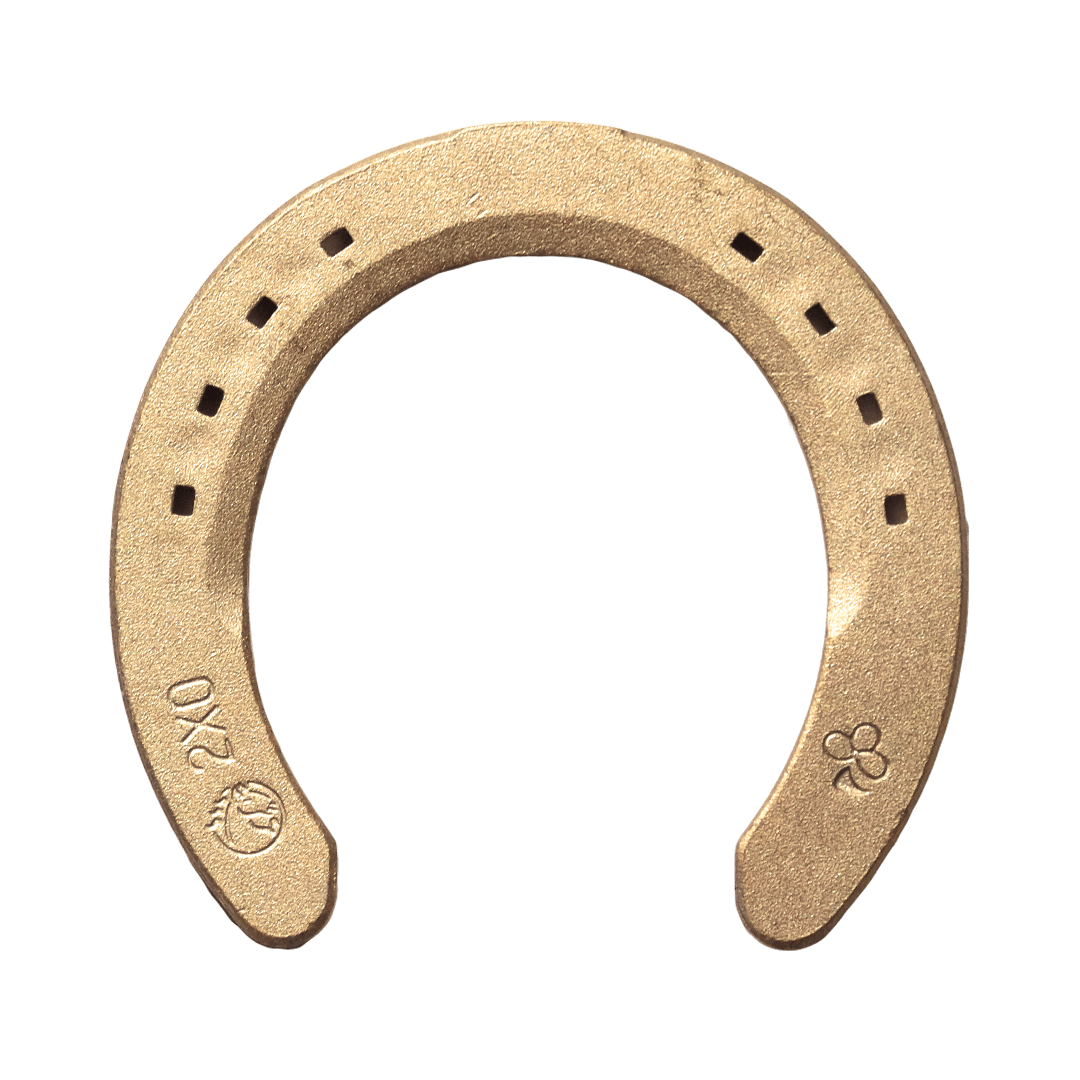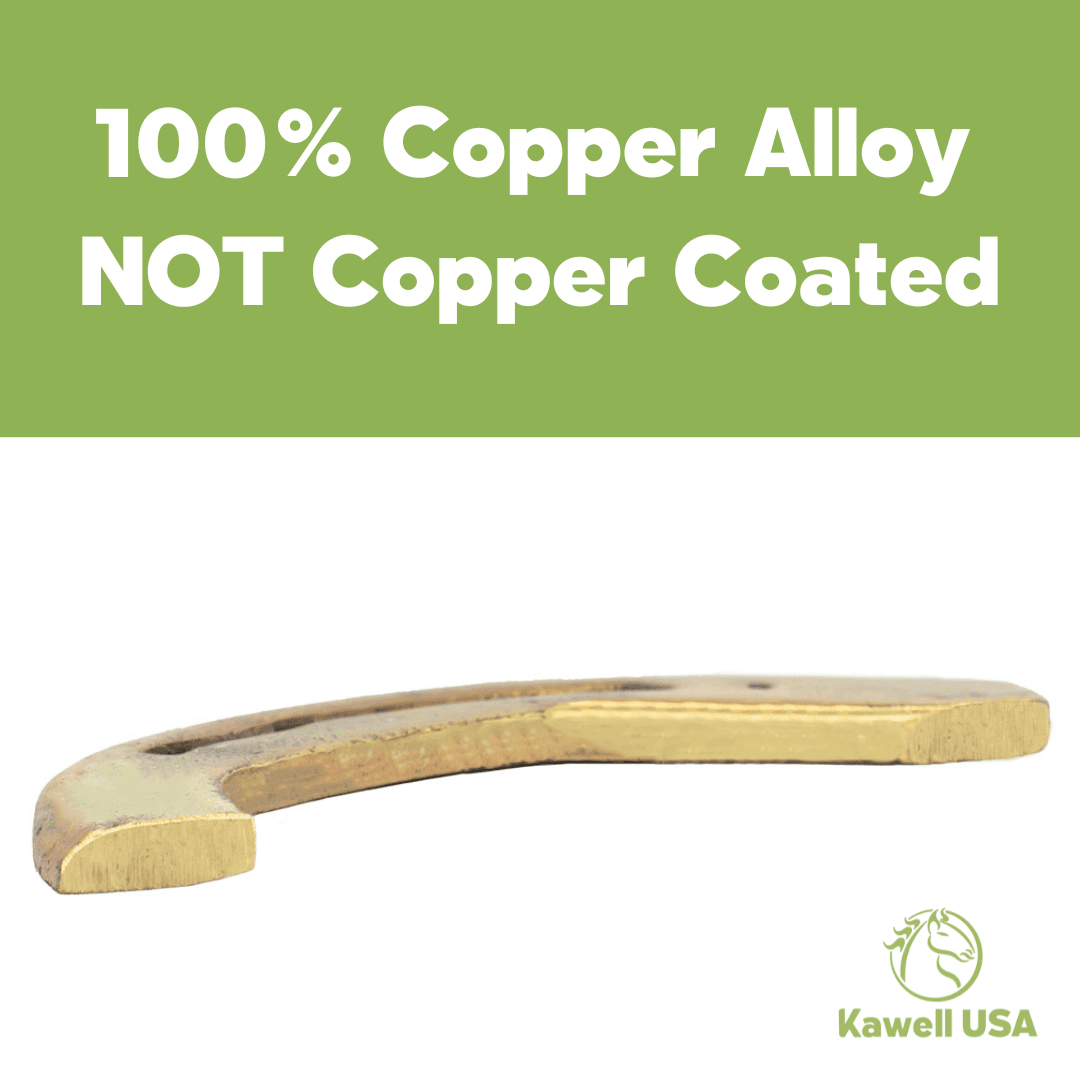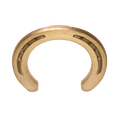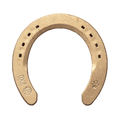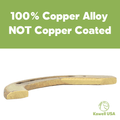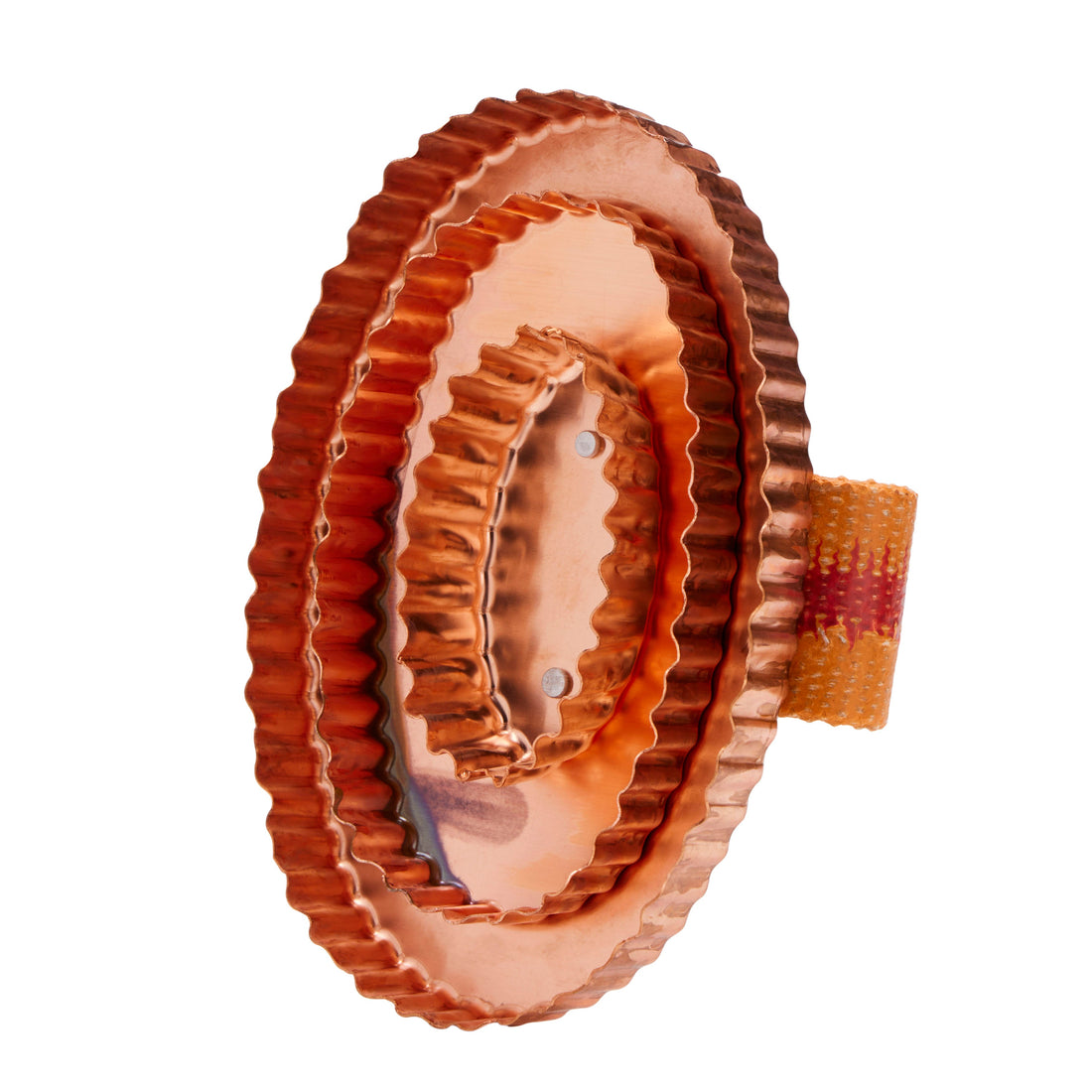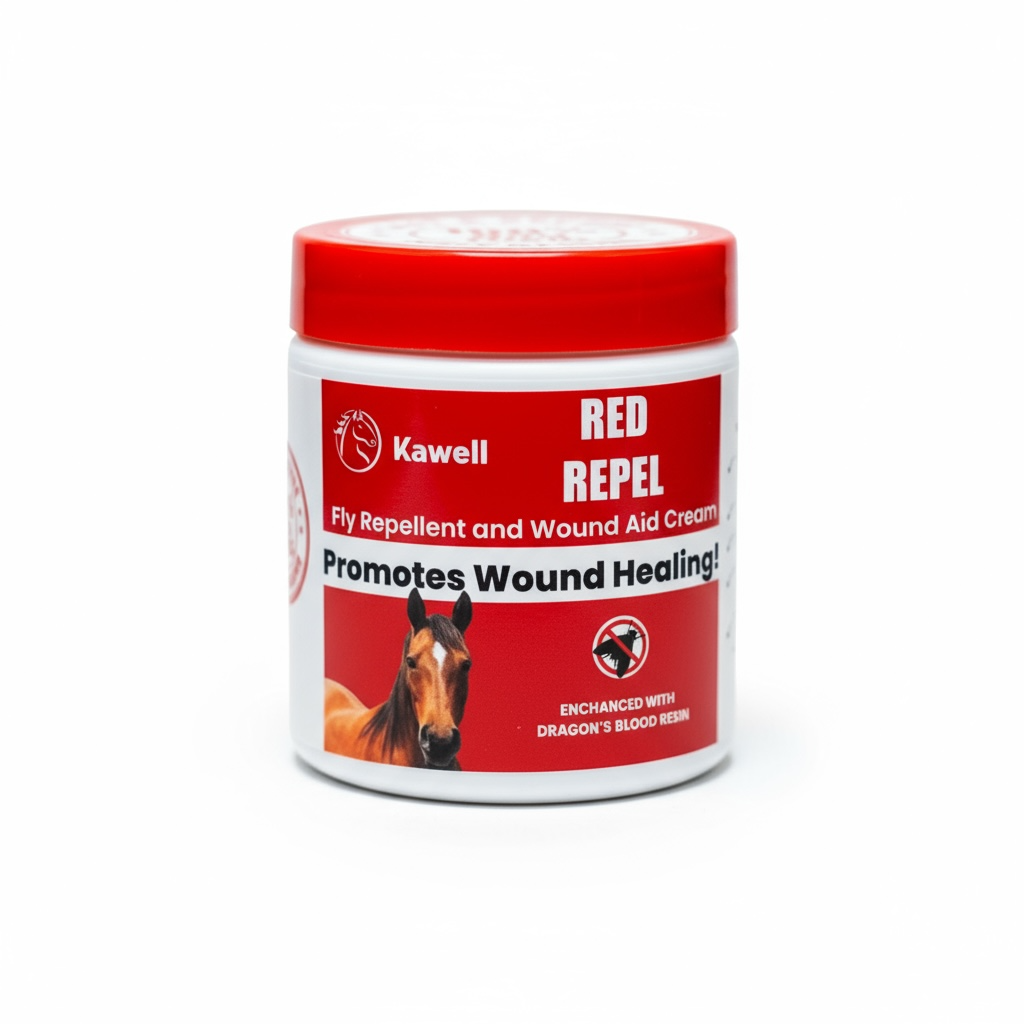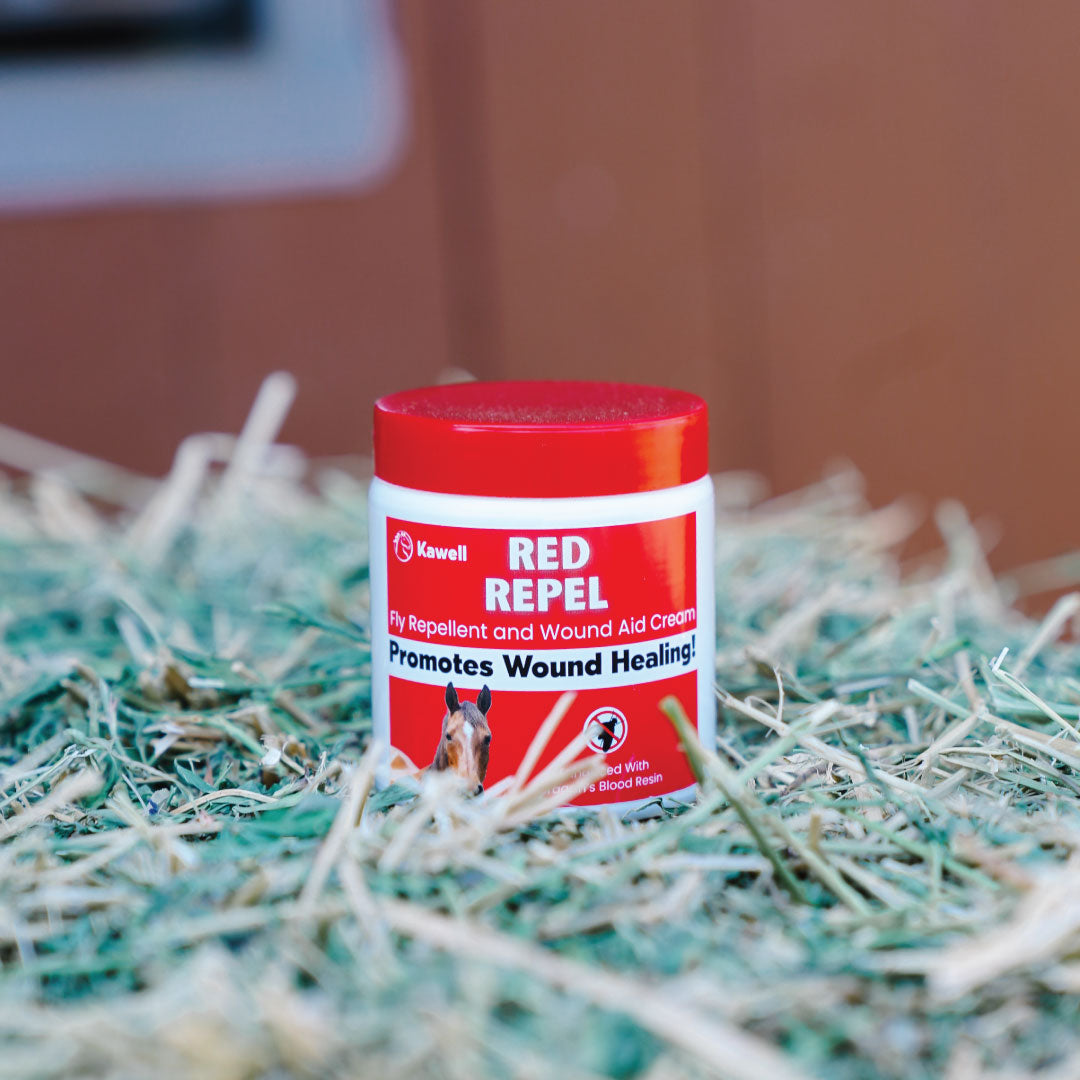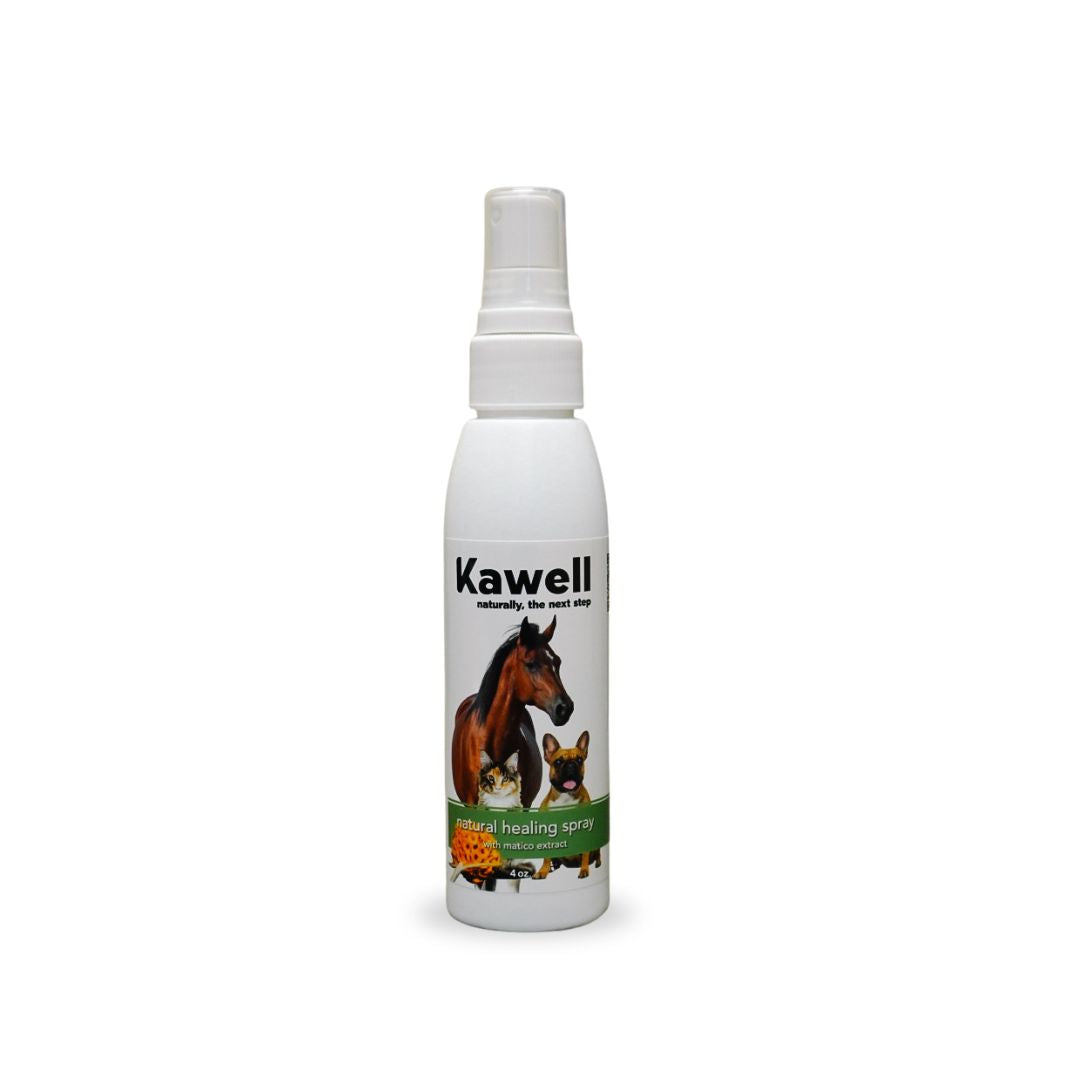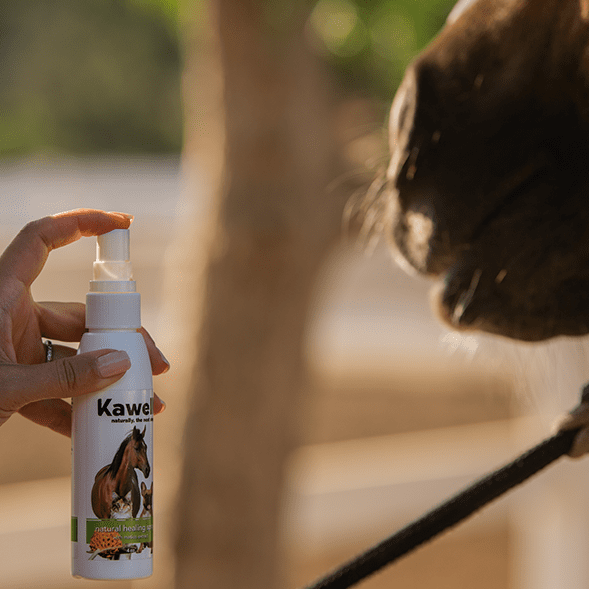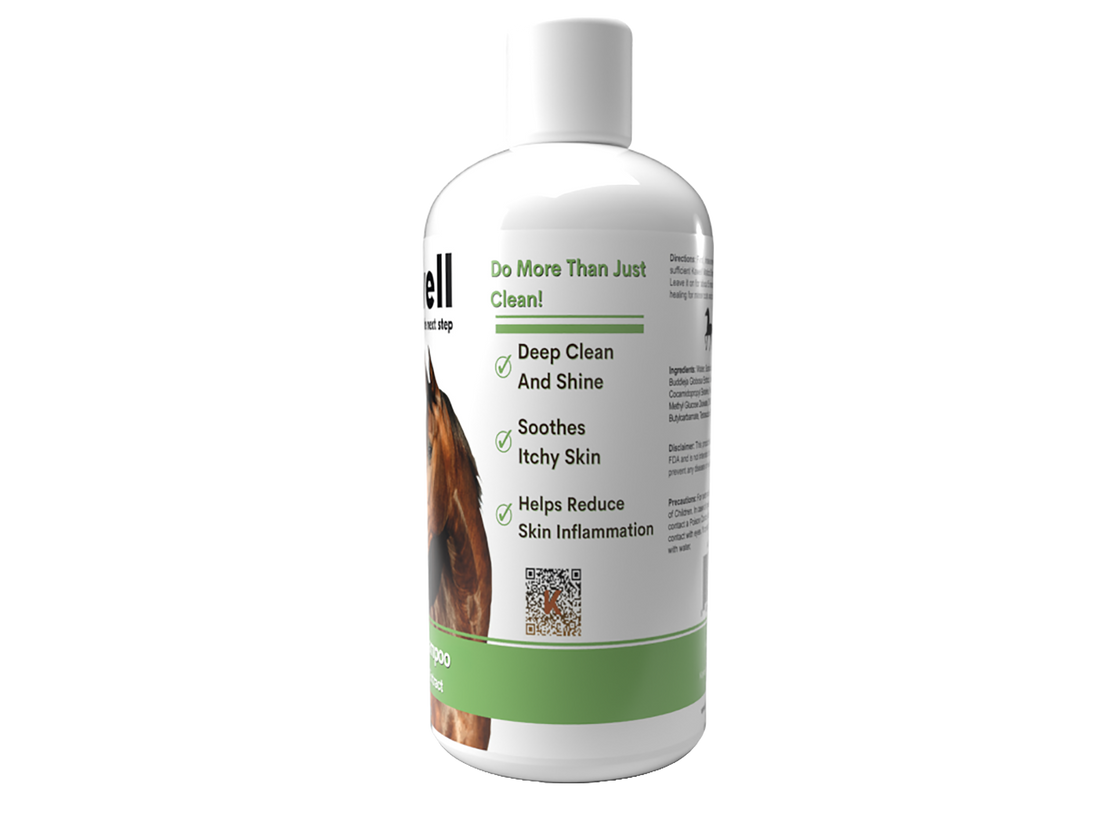Copper Alloy Horseshoes
Copper eliminates 99% of bacteria and fungi. Alloying copper with other metals strengthens the shoes, without compromising the copper benefits. Our copper alloy horseshoes can be reset 3 or 4 times.
Introducing Kawell USA Copper Alloy Horseshoes – a revolutionary solution for equine hoof care. Crafted from a high-quality copper alloy, these horseshoes go beyond the ordinary, offering a range of benefits for your horse's well-being.
Experience the power of antimicrobial properties as our Copper Alloy Horseshoes eliminate 99% of bacteria and fungus, aiding in the prevention and treatment of seedy toe, white line disease, and thrush. This innovative design not only promotes hoof health but also contributes to significant cost savings by reducing expenses associated with hoof damage over time.
With high-impact absorption of 8.53% with every step, our horseshoes provide unparalleled support for your horse's comfort. Say goodbye to low-intensity trauma as our Copper Alloy Horseshoes prioritize the well-being of your equine companion.
Embrace sustainability with our horseshoes made from 100% recyclable material, aligning with eco-friendly practices. Elevate your horse's hoof care routine with the advanced technology and benefits embedded in our Copper Alloy Horseshoes – the ultimate choice for a healthier, happier equine partner.
Kawell USA Copper Alloy Horseshoes - 100% Made from a Copper Alloy, NOT Copper Coated.
Kawell USA Copper Alloy Horseshoes are a patent design # US 9 107 398 B2, registered with the Copper Development Association - UNS Alloy No. C6915, and the copper alloy is approved by the Environmental Protection Agency (EPA) # 82012-3 and acts against seedy toe, white line disease, and thrush.
The antimicrobial effects of copper alloy don't wear out. It remains effective even after repetitive wet and dry abrasion and re-contamination. The natural process of copper tarnishing also doesn't impair efficiency.
- Eliminates 99% of bacteria and fungus
- Helps prevent and treat seedy toe and white line disease
- Decreases of costs associated to hoof damage over time
- High impact absorption, 8.53% every step
- Reduces low-intensity trauma
- 100% recyclable material




